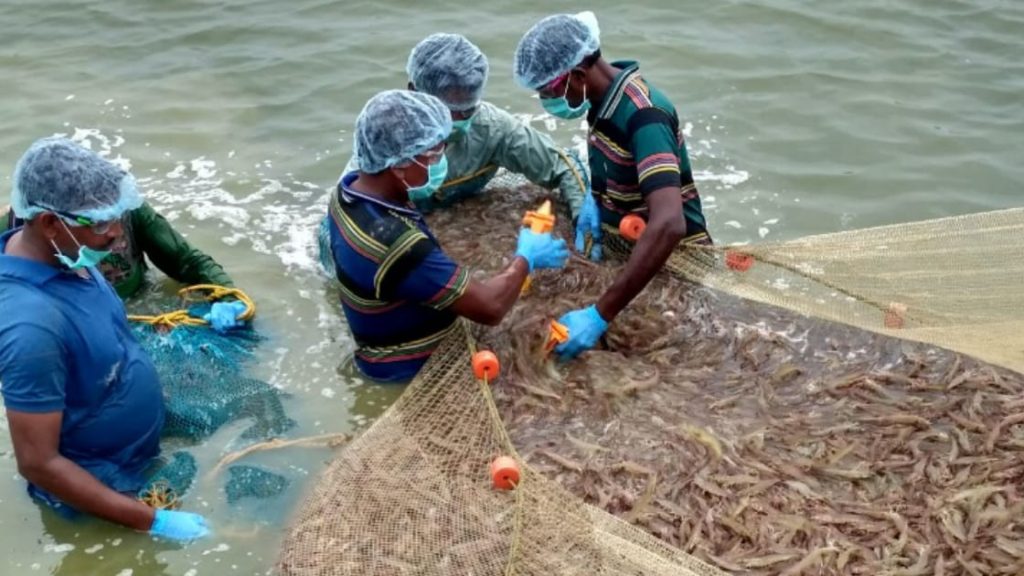
“The Government should not be running airport and airlines.” –
Hardeep Singh Puri, Minister, Civil Aviation, Government of India
One hectare of shrimp farming creates 10 jobs across the value chain as per Dr Uday Sethi’s study for the Government of Gujarat. We need to create more aquaculture assets to encourage development of the aquaculture industry. So, what is stopping us from creating more aquaculture farms, hatcheries and pre-processing centres! Typically, aquaculture assets need to be near the coast. A big challenge for the private sector comes in form of acquiring land. Imagine trying to acquire 50 to 100 acres of contiguous land in a country where the average land holding size would be an acre. Similarly, for hatcheries, one needs to find a match where private land is available and that piece of land is also suitable for establishing a hatchery. These challenges often deter even domestic entrepreneurs, imagine what a deterrent this is for international aquaculture investors.
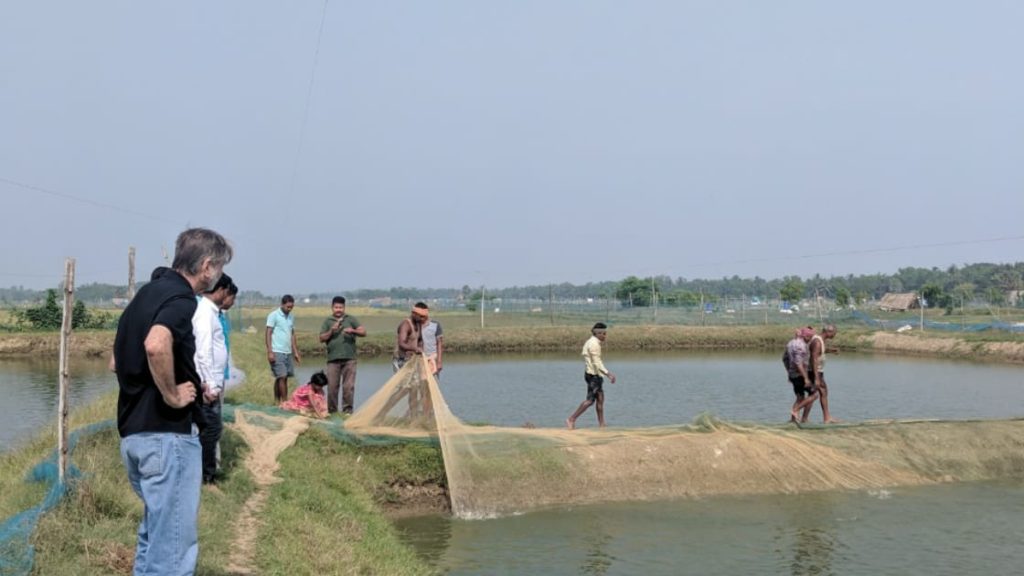
Then there are various regulatory approvals. Farms and hatcheries need to be approved by the Coastal Aquaculture Authority (CAA). These locations need to be compliant with the Coastal Regulations Zone (CRZ) Act. Apart from that every now and then the State Pollution Control Board would want to interfere. The local electricity grid needs to be convinced that electricity supply is necessary. Then you have the local village committees who usually demand a donation for the village temple. Refusing such demands leads to further complications. Perhaps this is why, despite a 100 per cent Foreign Direct Investment (FDI) limit, we are yet to see major investments in this sector from international investors. Looking forward, we need to acknowledge the fact that commercial banks will continue to be reluctant to finance creation of aquaculture assets. Also, given the risks associated with this sector, it is not prudent for an entrepreneur to give personal guarantees and pledge personal properties in order to secure the financing of such assets. We need to attract much needed international capital or explore other avenues.
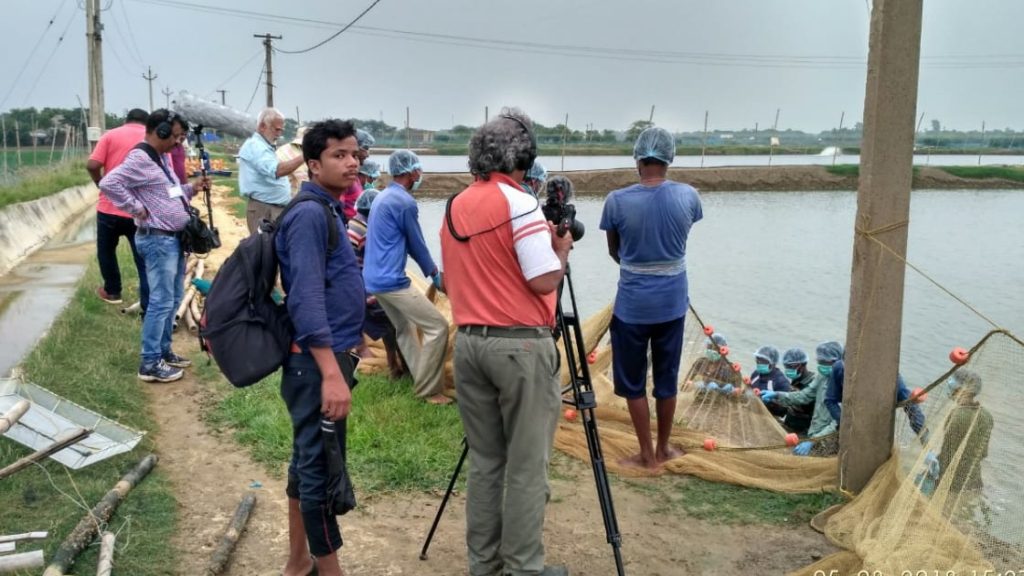
A prospective investor once told me, it is easy to acquire or build assets but it is very tough to manage and operate them efficiently. The past decade has seen a huge explosion in aquaculture production in India. What hasn’t kept pace with this expansion is the availability of talent to efficiently manage hatcheries and farms. While we have fisheries colleges and other similar institutions, what is needed is a system that is able to generate a regular supply of professionals trained in the latest aquaculture techniques. Creating aquaculture assets isn’t just about buildings and corporate farms, it is about creating aquaculture professionals who will enhance the industry.
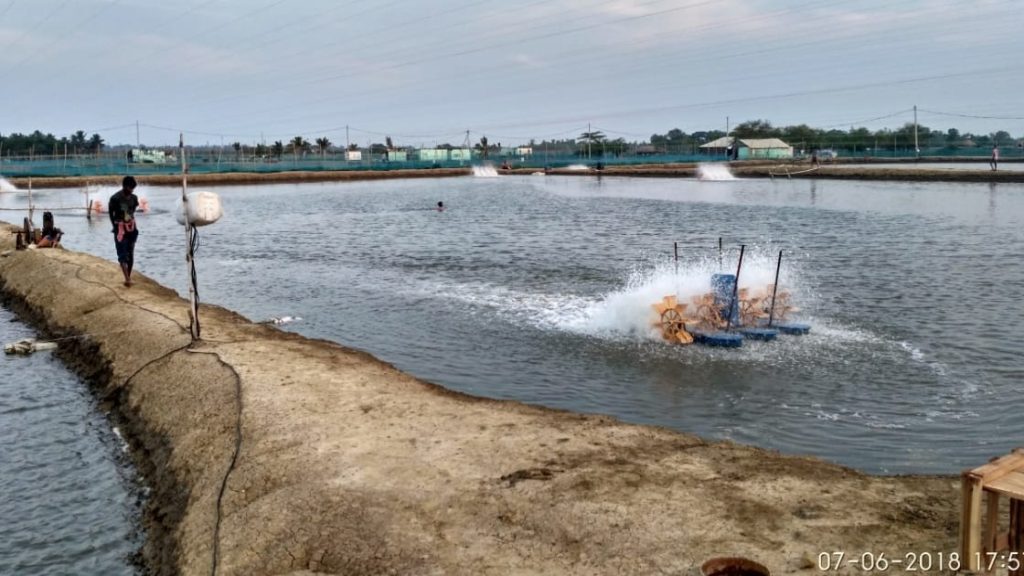
The Rajiv Gandhi Centre for Aquaculture (RGCA) is a registered society under the Marine Products Development Authority (MPEDA). RGCA functions like the Research and Development division of MPEDA. It is a very forward-thinking organisation and they continue to do great work in the field of promoting sustainable aquaculture. I would advocate that RGCA should build a network of large to mid-size corporate farms and hatcheries. After constructing these farms and hatcheries, RGCA should float a global tender and lease it out to private companies both domestic and international. Apart from earning a lease or a rental income, RGCA should ensure that those taking over these assets should also have a training programme in place so that every year the unit produces a steady supply of trained professionals! For example, a model Vannamei shrimp hatchery would require the company to have a training programme in place so that every year they can certify 3 to 5 individuals in various roles such as hatchery manager, maturation section in charge, larval rearing section in charge and algae production specialist. This would give a big boost to hatchery industry and it will ensure that we have a steady supply of good quality seed. This model is especially required to promote species diversification build and lease out Asian Sea Bass hatcheries and farms.
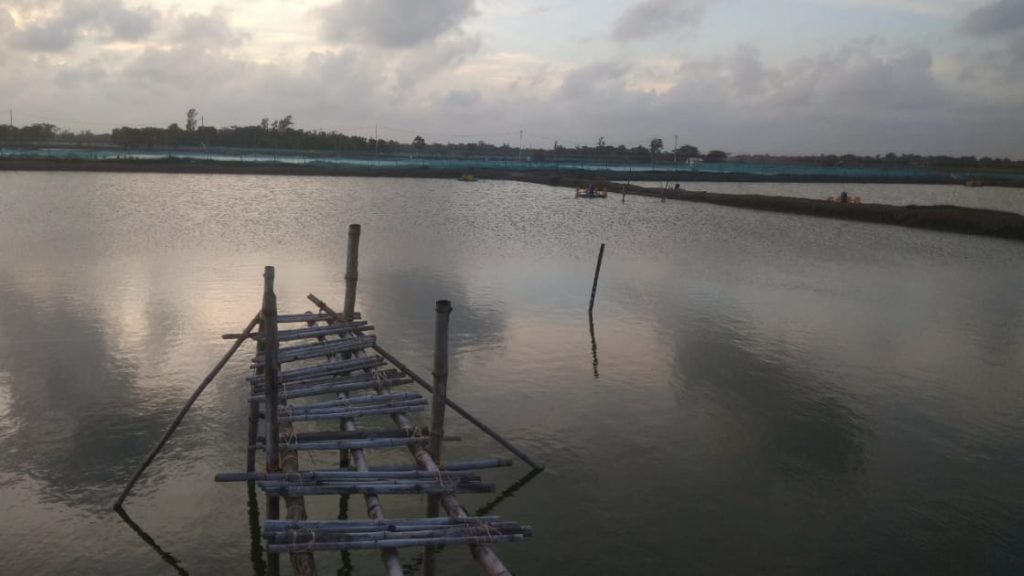
A network of large or mid-size demonstration farms will be even more beneficial. Large feed companies or multinational aquaculture input companies would be very much interested in a lease model of having a demonstration farm. There are large tracts of land available near the coast, which are currently leased out as salt pan lands. It would be a lot more beneficial for the economy to convert them into sustainable aquaculture farms instead. With the training programme in place, RGCA will ensure that every year it is creating aquaculture professionals who can assist the farmers in adopting best practices. This will be the best antidote for countering the existing network of snake oil salesmen who mislead farmers and bring a bad name to the industry.
Apart from building hatcheries and farms for various species, a network of Aqua Hubs would also give a big boost to develop the aquaculture sector. An Aqua Hub would consist of a wholesale auction market with attached pre-processing centres. Apart from that, it will have shops and storage space that can be leased out to feed companies. Building and leasing out diagnostic labs would also be a big boost. This will encourage better price discovery and would even boost better credit access to the smallholder farmers.

The model outlined above needs to be adopted immediately. Our economy needs a boost during this time, and this will be a Government investment that will yield excellent results. Let us be realistic and assume that credit flow for financing hatcheries and farms will only get harder in the post national capital who are eager to invest but are deterred by regulations and an asset heavy approach. This solution gives them an ideal condition to invest and promote sustainable aquaculture. It is not just the capital that we need, we also need to attract and disseminate best practices. If RGCA can adopt a long-term strategy of creating and leasing out aquaculture assets, it will be excellent investment that will go a long way in boosting our aquaculture sector. RGCA’s strength lies in creating these assets.
While the private sector is supposed to handle these functions, there are certain constraints for the private sector to rise to the challenge. In the words of Deng Xiaoping, the colour of the cat doesn’t matter as long as it catches mice.
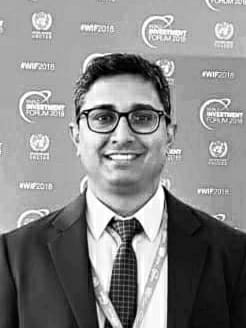
Aditya Dash is the Managing Director of Ram’s Assorted Cold Storage Limited (RACSL), the processing and export division of Suryo group of companies. He has been in the seafood industry for more than 10 years and is passionate about aquaculture and Odisha’s development. He completed his undergraduate degree from The George Washington University, USA, and attended Doon School, Dehradun. In October 2018, Aditya spoke at the Inter-Ministerial Roundtable on Entrepreneurship for the World Investment Forum in Geneva. He loves reading about history and philosophy and likes to stand up paddle in his spare time.
This article has been originally published in DINALIPI https://www.dinalipi.com/aqua-industry-finds-itself-in-deep-water/
Disclaimer: The views, thoughts, and opinions expressed in the content belong solely to the author, and not necessarily to the author’s employer, organisation, committee, or other related groups or individuals, including Marg Advisory Services.

